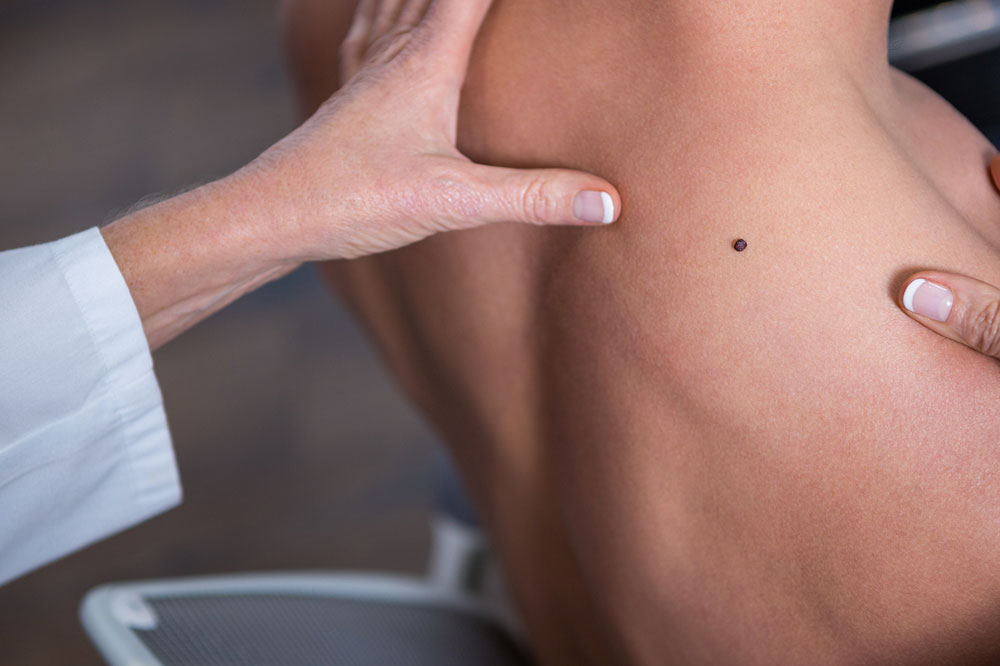
Prevention, Symptoms, and Treatment of Melanoma
Melanoma is a form of skin cancer that occurs in the melanocytes cells, which are responsible for creating melanin. One can also have melanoma of the eyes, throat, or nose, but these are rare. Exposure to ultraviolet radiation increases the chance of this condition. Read on to know about melanoma prevention, symptoms, and treatment.
Symptoms
Early signs of melanoma are unusual growth on the skin or a change in existing moles. However, it may not always show as a mole. A symptom of melanoma can also be a sign of pigmentation on the skin that otherwise appears normal.
The condition can occur on any part of the body, but it more commonly occurs on skin that is exposed to sunlight; these include the face, legs, back, and arms. Melanoma may also develop on palms or soles. Below are the most common types of melanoma symptoms.
- Normal moles
- Asymmetrical moles
- Moles with irregular borders
- Change in mole color
- Evolving mole
- Change in mole diameter
You must remember that melanoma does not always have apparent symptoms. Sometimes, it can appear in hidden areas of the body, such as
- Under the nail
- Mouth
- Urinary tract
- Vagina
- Digestive tract
- Eyes
Treatment
The treatment depends on the progression of melanoma. If it is early-stage melanoma, one can undergo surgery to remove the affected part of the skin. However, if the melanoma has spread beyond the skin, treatment includes more intensive procedures. Here is a list of common melanoma treatments.
- Lymph nodes removal surgery: Here, lymph nodes affected by melanoma are surgically removed.
- Immunotherapy: It is a treatment procedure where doctors use drugs to strengthen the immune system to fight the cancer cells.
- Chemotherapy: Chemotherapy treatment is used to destroy cancer cells. It can be administered as a pill, intravenous therapy, or a combination of both.
Prevention
The best way to prevent melanoma is to limit exposure to the sun as much as possible. Below are some guidelines that can help avoid prolonged sun exposure.
- Wear sunscreen: Quality sunscreen can effectively protect the skin from sunlight. Experts suggest to regularly use a generous amount of 30 SPF sunscreen lotion.
- Avoid tanning beds: Tanning beds and lamps release UV rays that can cause melanoma.
- Use protective clothes: Tightly woven dark clothing can help guard your skin against sun exposure. Ensure that your body remains well-covered during the day. You should also wear sunglasses and hats for complete protection.
Now that you know the melanoma prevention, symptoms, and treatment, ensure that you regularly check your body for signs of this disease.



